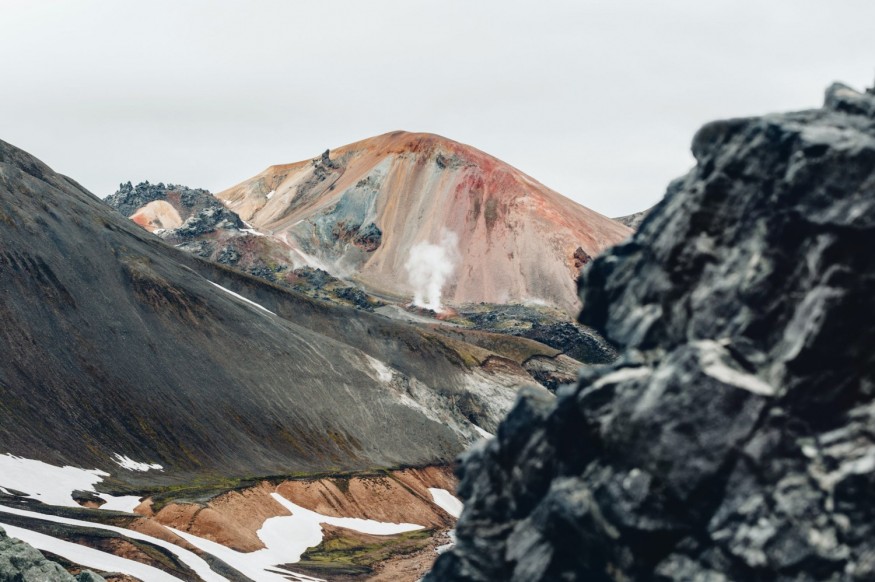The newest volcano in Iceland is not likely to calm in the coming days because of its continuing activities.

A Live Science report underscored the volcano's spewing of methane and tornadoes aside from the lava that it releases from the crater.
The Icelandic Met Office has said that there were loud sounds from the eruption site located at the Reykjanes Peninsula.
The sounds heard have indicated that the pockets of methane gas trapped in the lava flow were exploding. These explosions then triggered the occurrence of tornadoes.
What happens in the explosion, lava flow
Experts said that when the lava flows in an area considered as vegetated, the methane gas can be produced when the vegetation fails to burn completely. They pointed out that the gas would then accumulate in gaps and cavities in the lava.
After that, the pockets of methane will mix with oxygen, which will later form a highly-flammable cocktail of gases.
Scientists explained that when an ember or flame from the fire breaks into it, an explosion will surely take place.
Due to this, authorities have warned that it would be risky and threatening for anyone who will venture near the area where lave continuously flows.
In its latest update, the Icelandic Met Office said that authorities observed that the lava field extended over an area of 1.5 km2 on July 31.
Furthermore, a total of 15.9 million m3 of lava has been released by the volcano.
The agency also recorded about 150 earthquakes that jolted within and around the active area of the volcano since July 26.
Scientists noted that the activity has been focused by Mt. Keilir, which is the northernmost part of the intrusion dike.
At this period, the largest earthquake was the Magnitude 2.1 that hit the west side of Mt. Keilir.
Meanwhile, only a few earthquakes are being measured at the active eruption area, however, there were still other activities that are happening in the northeast of the main activity zone.
These were the so called trigger earthquakes which were directly related to the crust deformation brought by the dike intrusion.
Tornadoes
Meanwhile, the experts discovered that a meteorological and geological union had resulted in the formation of tornado above the Litli-Hrútur.
They said that an intense heat originating from the molten rock that had spewed from the crater warms the air directly above it.
This will make the air less dense and will result in its rising. In this type of wind conditions, experts said that the column of hot air could later trigger into a tornado.
Tornado and storm researcher David Smart said that it is still undetermined whether the tornado was formulated through superheated volcanic debris that hovers above the vent or from the heat of the lava flow.
According to Smart, the type of the tornado observed in the volcano is typically seen in areas where there is a strong heat source on the ground and also in places where the atmosphere is unstable in the lowest kilometer or too much near the surface.
The Reykjanes Peninsula is a volcanic and seismic hotspot that can be found at the southwest of Reykjavik, Iceland's capital, a Nature World News report said.
In March 2021, lava fountains erupted from a 500 to 750 meters long fissure in the ground of the Fagradalsfjall volcanic system. Experts said this volcanic activity lasted for six months.
A three-week eruption occurred in the same location in August 2022.
Prior to these volcanic activities, the region had remained dormant for eight centuries, but volcanologists predicted that the new cycle of heightened activity will endure for several years.
Related Article : Iceland Volcano Erupts Near Capital After A Strong Earthquake Struck
Related Video:
© 2025 NatureWorldNews.com All rights reserved. Do not reproduce without permission.





